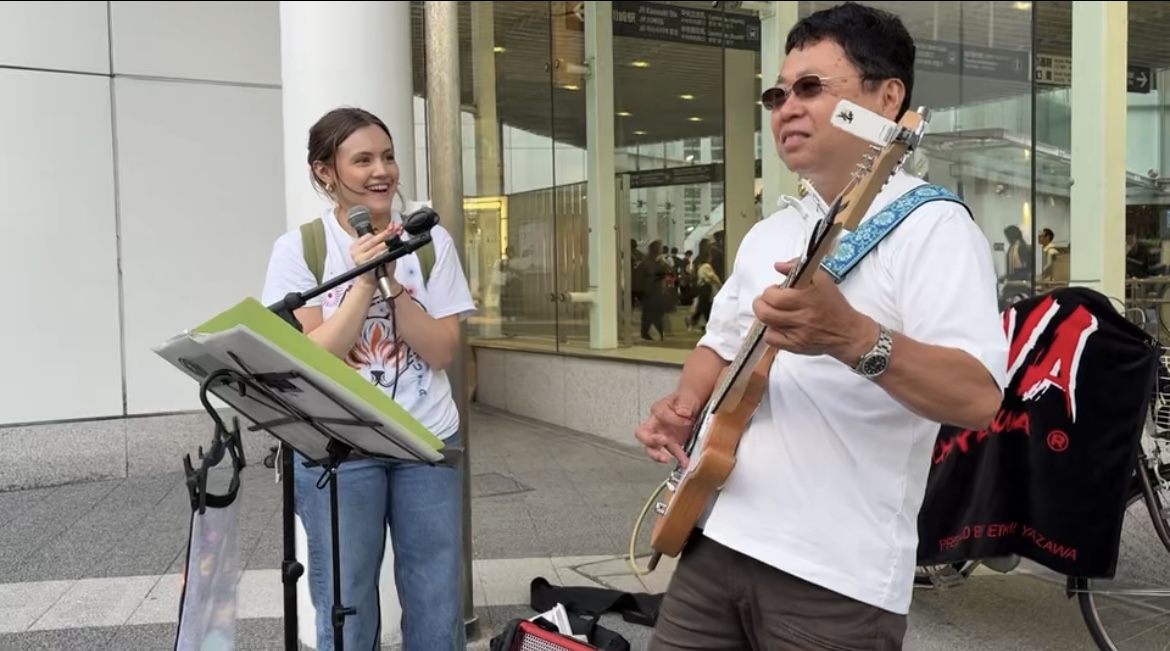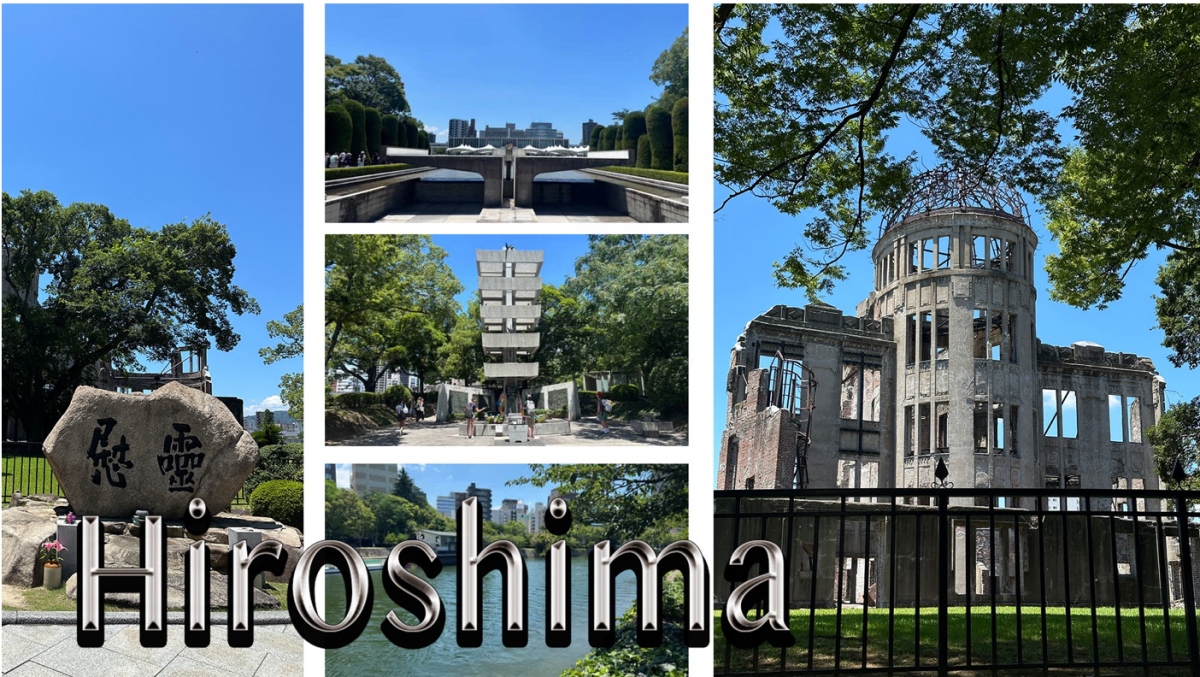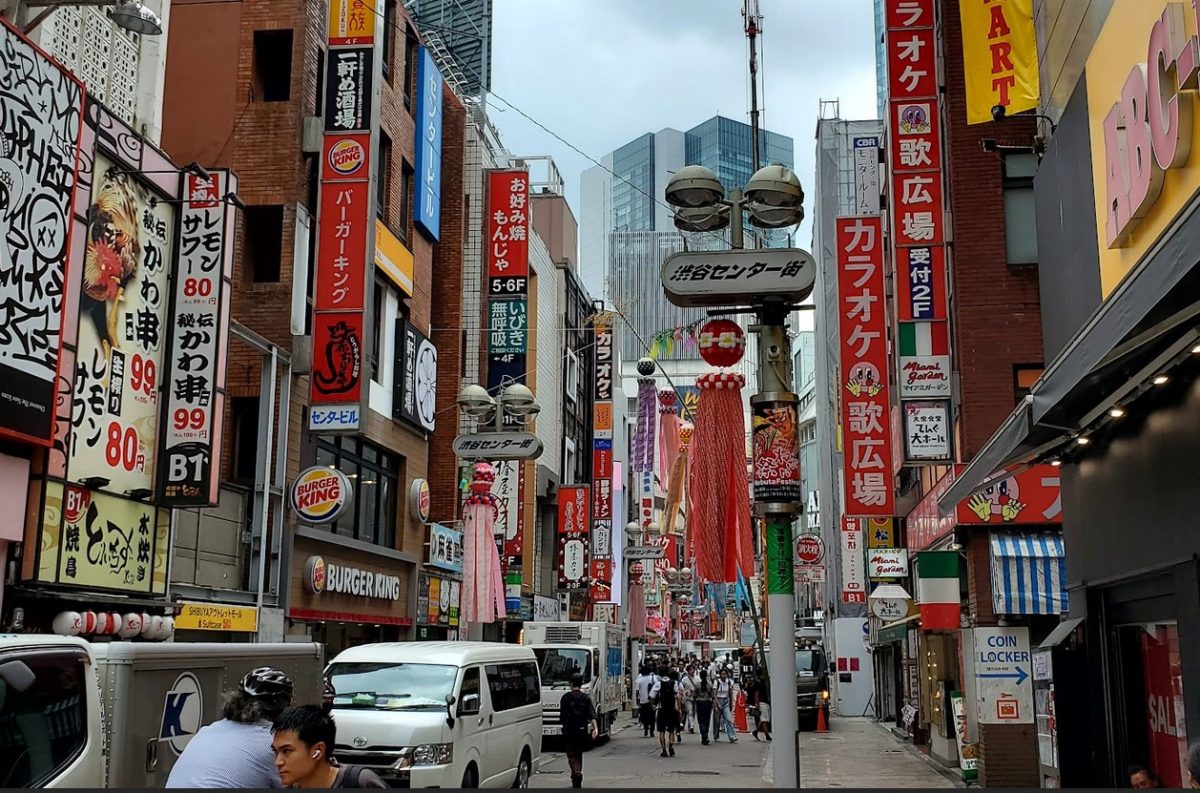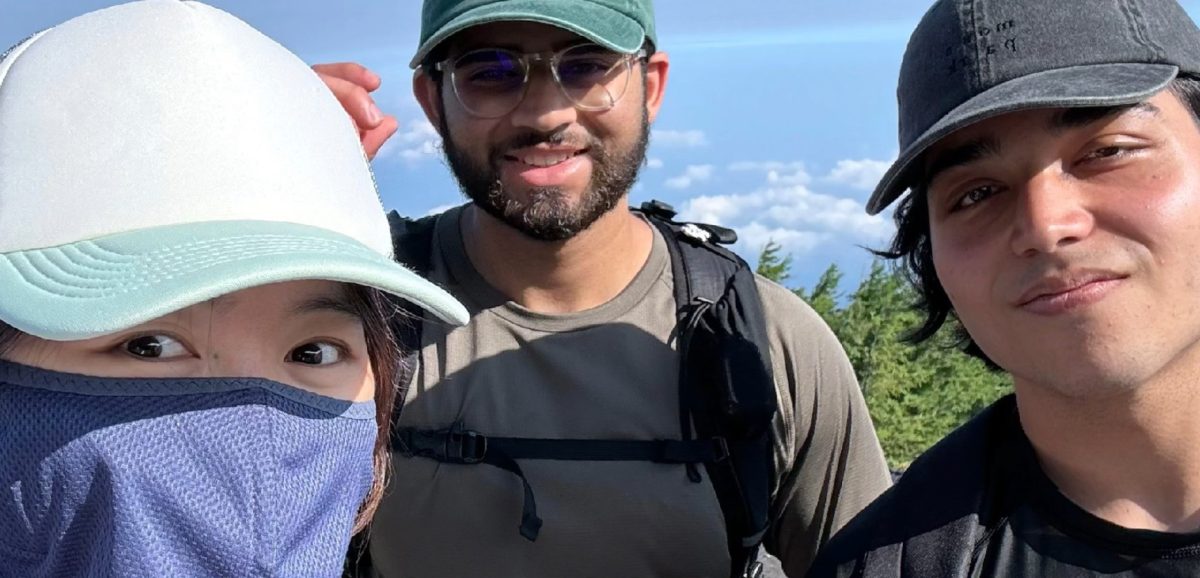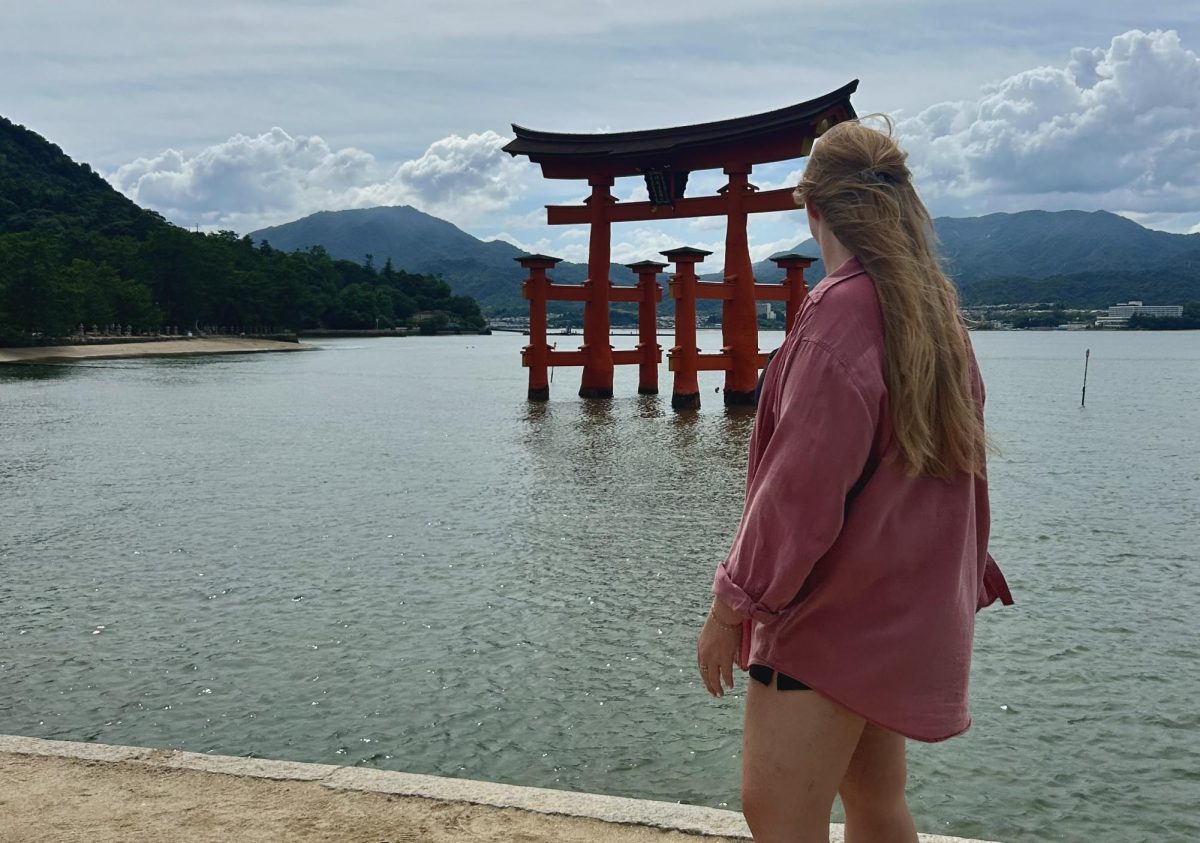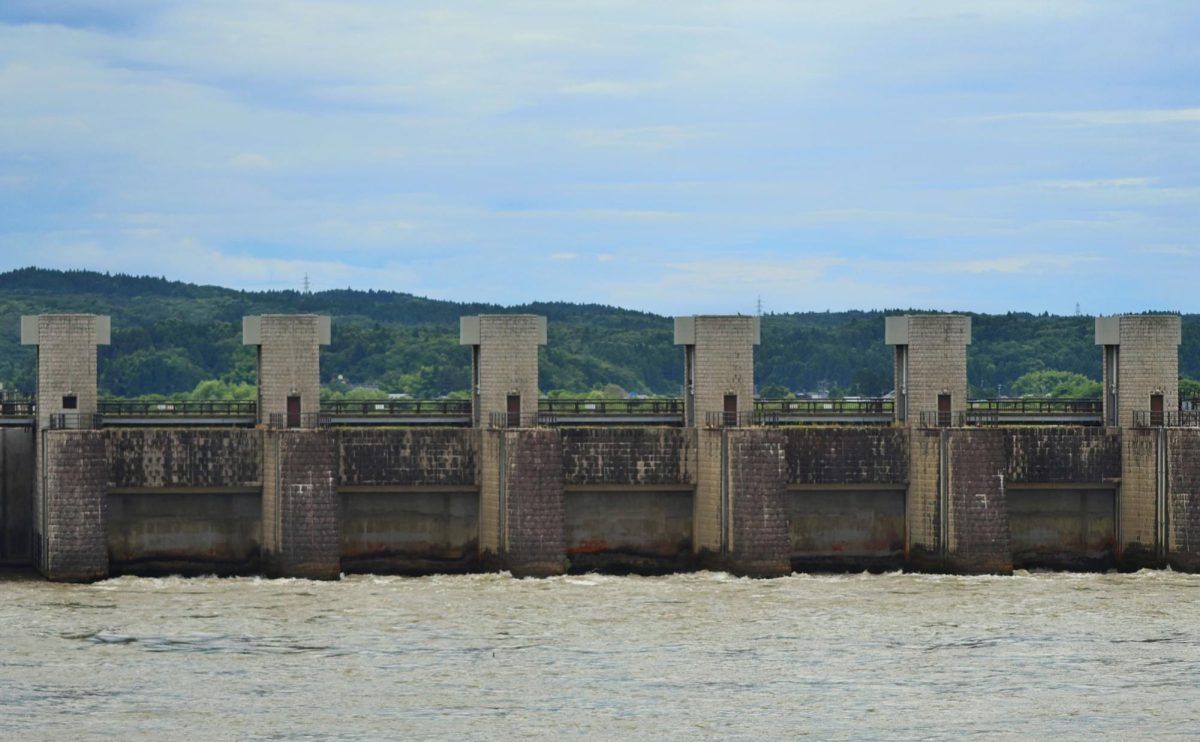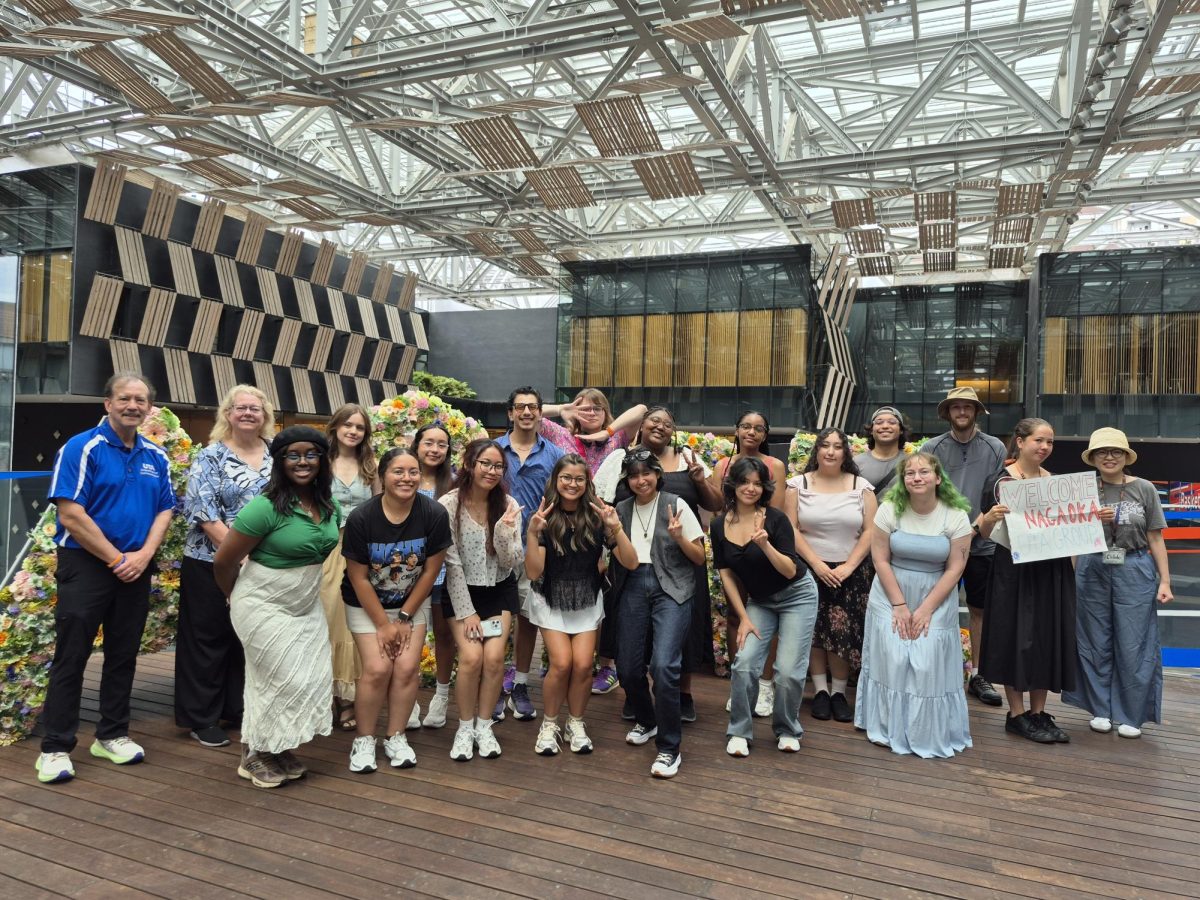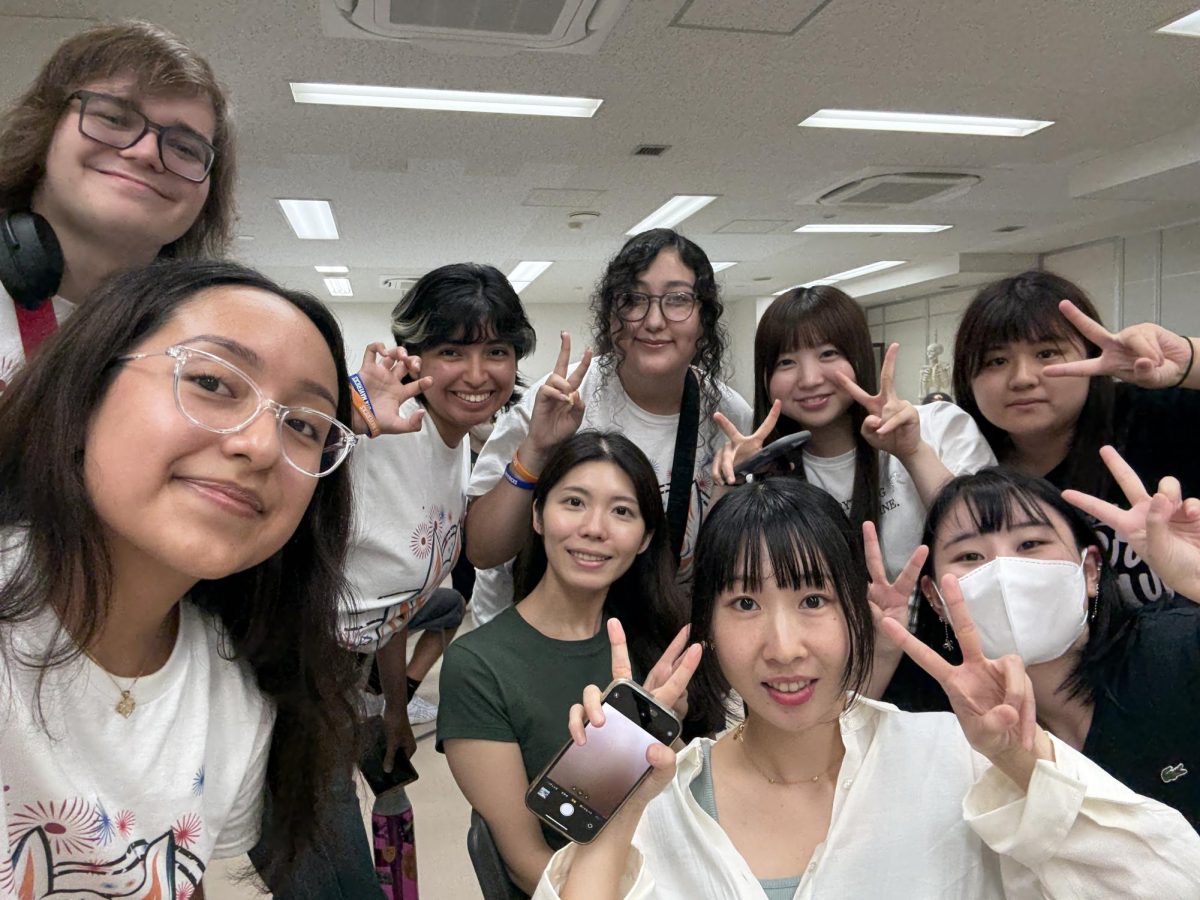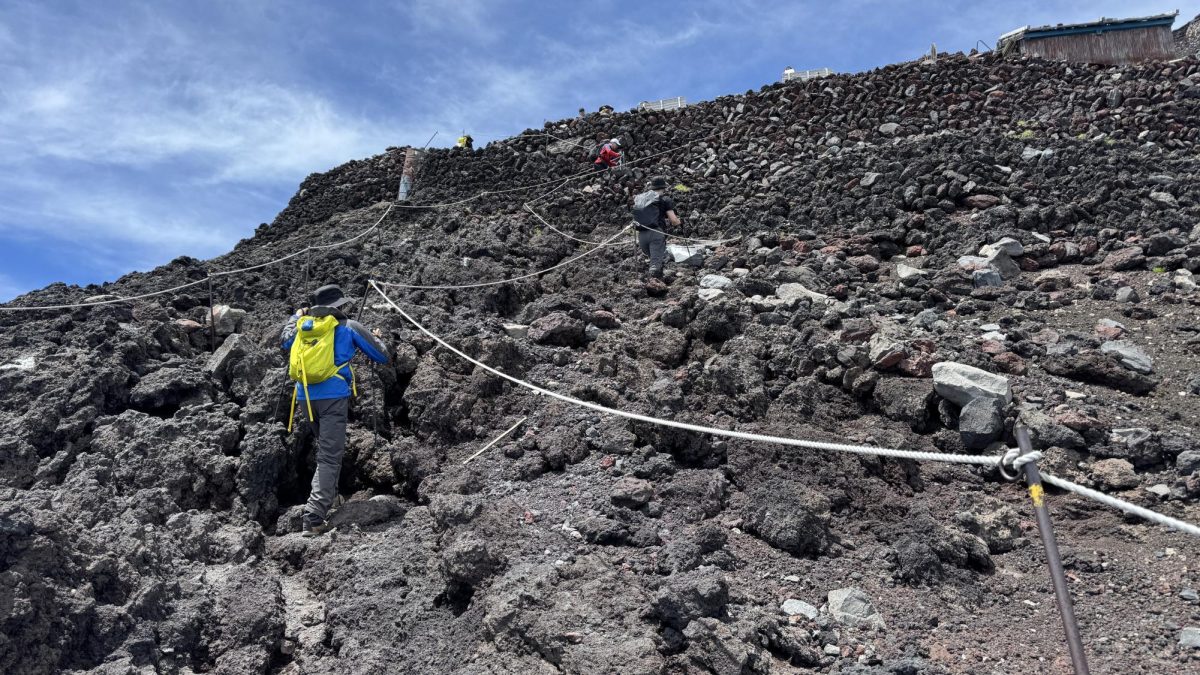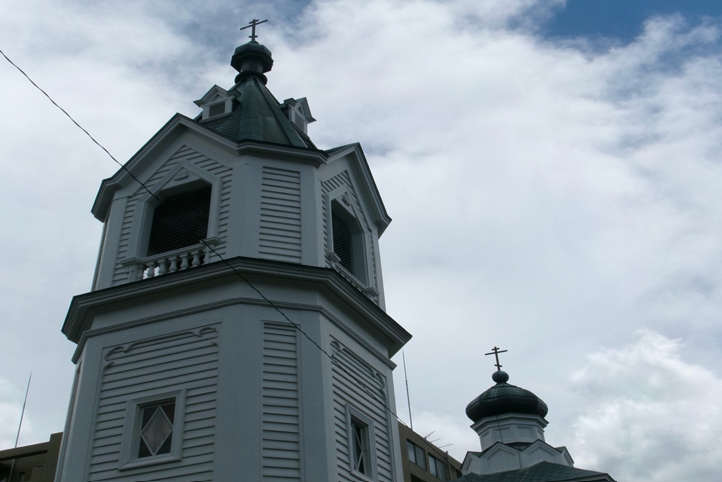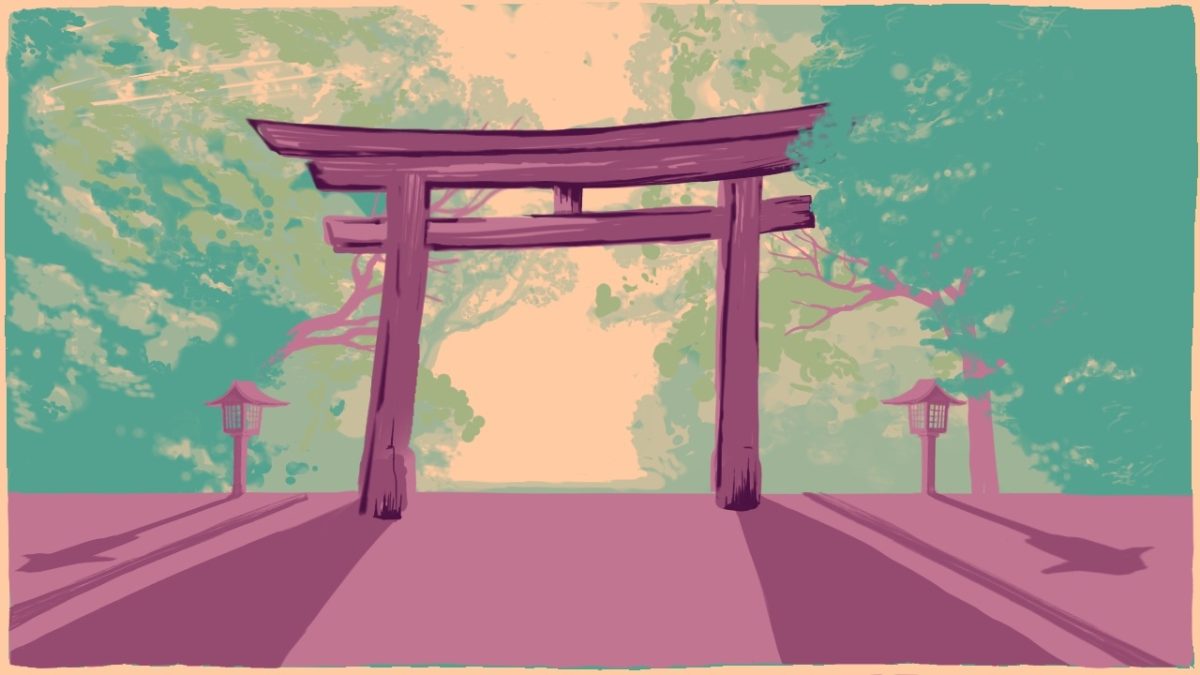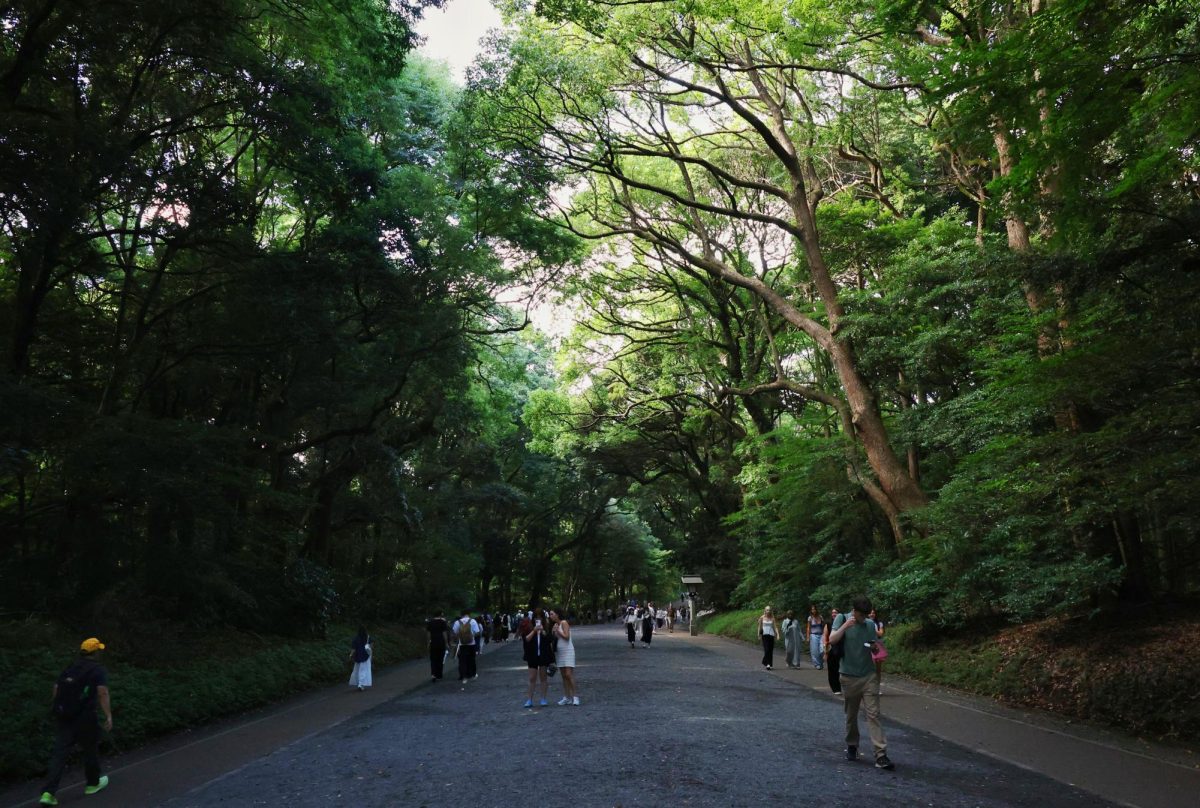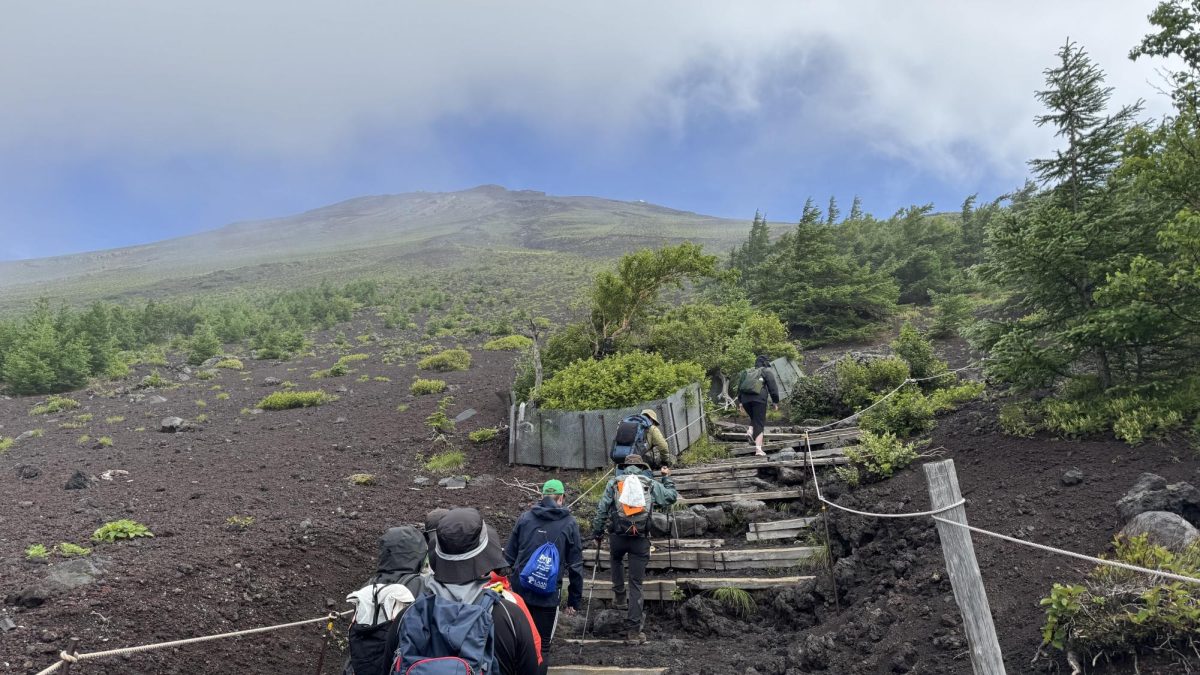FUJINOMIYA, Japan—They call it “Fuji-san” for a reason.
Standing 12,388 feet tall, Mount Fuji is more than just the highest peak in all of Japan, it is a UNESCO World Heritage Site, a sacred place for religious practices and a challenge for people all around the world.
Known for its beautiful conical form and status as an active volcano, Mount Fuji has inspired a national sense of connection, inspiration and resilience dating back centuries.
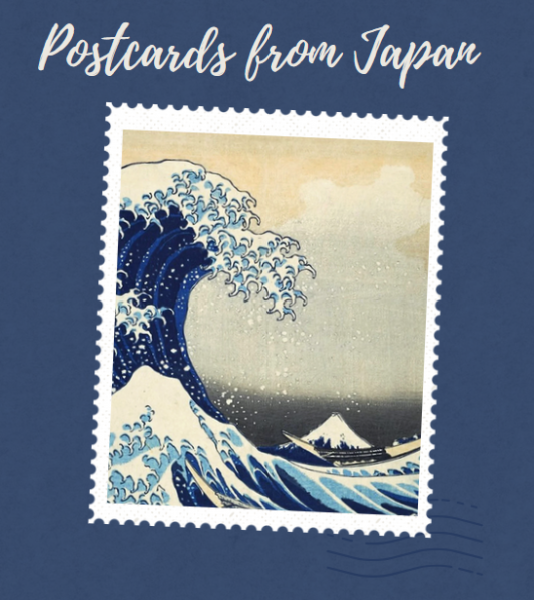
Every year during the climbing season (early July to early September) thousands of climbers from around Japan and the world take on the physical challenge of hiking the mountain to its peak.
Mount Fuji has four official trails to choose from, each with its own unique challenges and character. The trails are:
- Yoshida Trail: The most beginner friendly trail, but also the busiest. There are many facilities with a plethora of mountain huts on your way to the summit. This trail is considered to be the easiest. Ascension takes around six hours, while the descent takes around four hours. In 2024, the Yoshida Trail saw 114,857 total climbers.
- Subashiri Trail: Moderate difficulty and slightly longer than Yoshida. The trails are partially crowded, but still have plenty of mountain huts available during your climb. Ascension takes around seven hours, while the descent takes around four hours. In 2024, the Subashiri Trail saw 22,830 total climbers.
- Gotemba Trail: The hardest trail Fuji has to offer. It is the longest trail meant for extreme climbers who want to avoid crowds. The trail is typically not crowded, and there are no first aid stations on this trail. Ascension takes around nine hours, while the descent takes around four hours.
- Fujinomiya Trail: A trail of moderate difficulty. It is the shortest trail in terms of distance, but it is also one of the steepest climbs. Ascension takes around five hours, while the descent takes around three hours.
I chose to climb the Fujinomiya Trail due to it being the quickest route since I wanted to complete the journey in a single day, and it was one of the best experiences of my life.
The thrilling feeling of being free from any worries of life down below while still being humbled by the task at hand was unlike anything I have ever experienced before.
The start of the Fujinomiya Trail starts at 2,400 meters, or 7,874 feet high, so right off the bat the air felt thin. You can feel each breath as you inhale, the cold air hitting the back of your throat, while your breath can be seen with each exhale. Each step was heavy, as if weights were attached to the bottom of my hiking boots. Sharp, volcanic rocks crunched beneath my feet as I slowly lifted myself up the zigzag path toward the summit. With each step there was pain, but there was also another feeling deep within myself.
Determination.
As I climbed higher, the puffy, pillow-like clouds below me drifting off into the distance was a sight I have never experienced before. The higher I climbed, the more the town and sea below dissolved into a baby blue color.
Around the eighth station was when I really started to feel the effects of the climb. I experienced a shortness of oxygen, and my legs felt as if they would give out at any moment. But I kept going. As I was climbing, I consciously wondered: “Is this worth it?”
When I made it to the summit, my question was answered. Seeing the stunning scenery from the summit and looking back down at all of the ground I had just climbed made the entire journey worth the peril. Others were celebrating with me, standing in awe at the beautiful baby blue skyline. It’s a moment that could only be had by being 12,000 feet high.
If you are planning to climb Mount Fuji, you will need the following:
- Hiking shoes or hiking boots with a strong base to help support your body while climbing along the jagged rocks.
- A lightweight rain coat. It is not uncommon for it to rain during your climb, so a rain coat will help keep you dry and warm. This can also be useful for when high winds can make your body cold.
- Water, electrolytes, and snacks such as protein bars or nuts to keep you energized throughout your day. Eating snacks and drinking water helps prevent altitude sickness during your climb.
- A durable backpack to hold all of your supplies. Make sure to keep in mind that whatever you decide to pack, you have to carry during your entire journey.
- 100 yen coins are important to have during your climb. Using the bathroom costs ¥300 per use. The travel huts along your climb will carry supplies, but they only take cash. Make sure to have plenty of yen on hand to make it through your hike.
Climbing Mount Fuji was one of the hardest things I have ever done in my entire life. I was left sore, sunburned and exhausted. But I felt fulfilled whenever I made it to the summit. It may have been a difficult journey, but it was worth every bit of pain.






